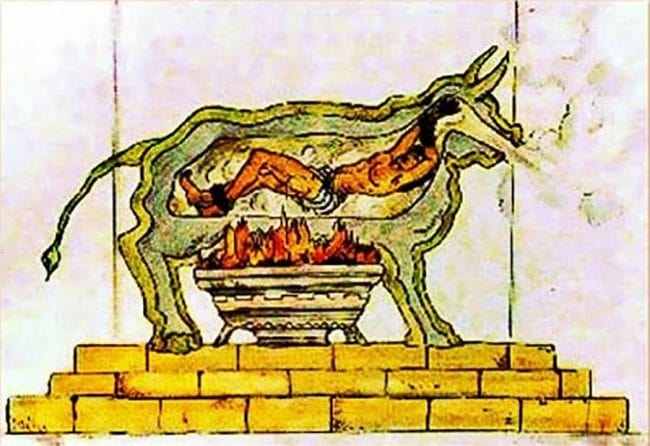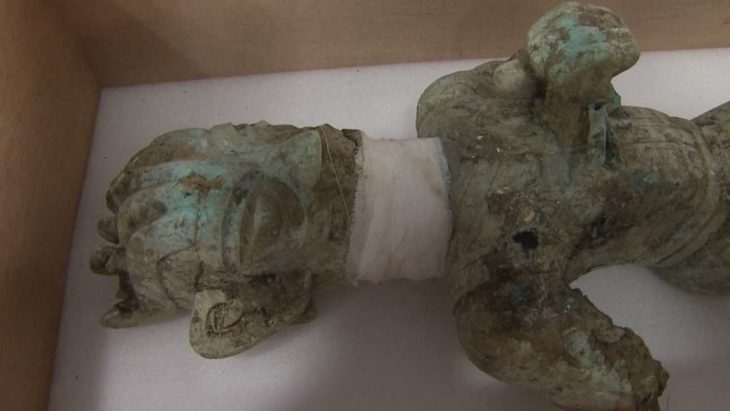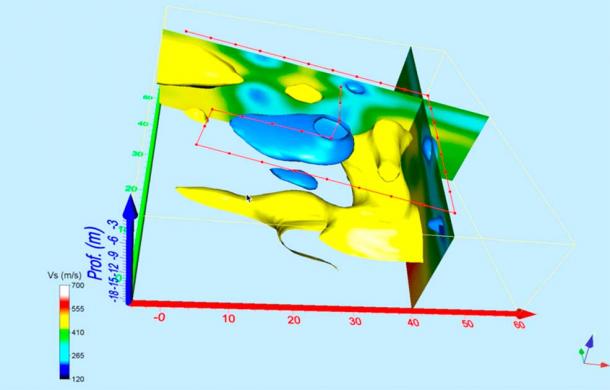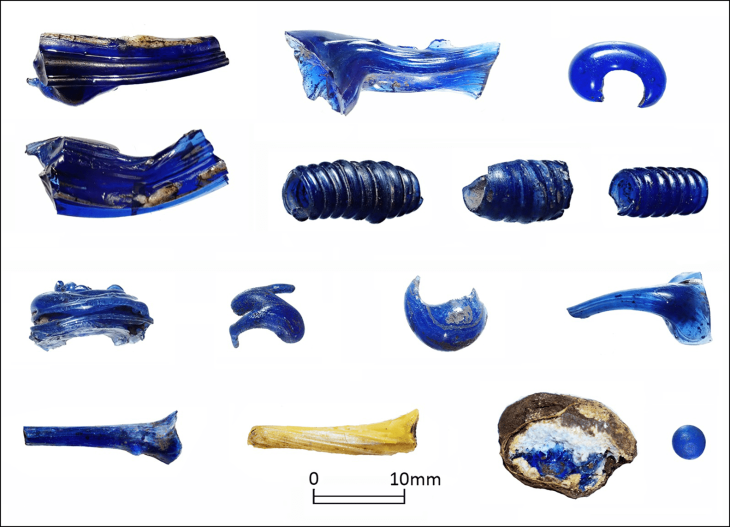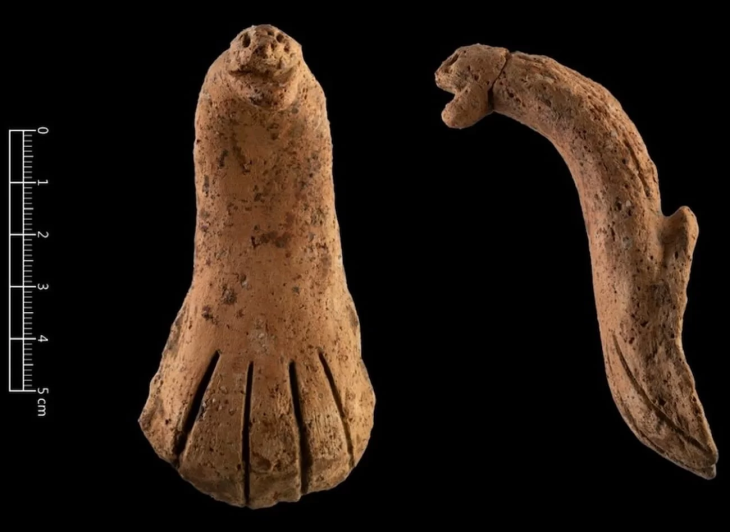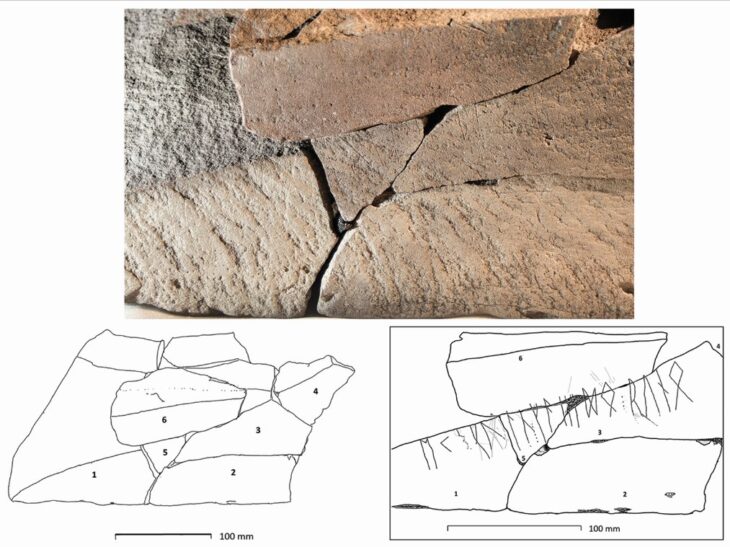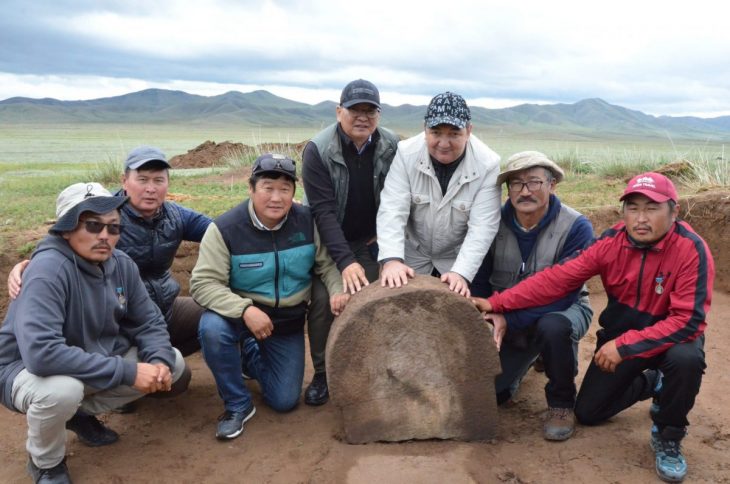Archaeological excavations in the ancient city of Kastabala, located in Türkiye’s southern Osmaniye province, have revealed five additional theatrical mask reliefs, offering new insights into the cultural identity of the region during the Roman period. The discovery was made in the city’s monumental theater, a structure believed to date back to the 1st century AD and constructed under Roman imperial influence.
The ongoing work is a joint project between the Osmaniye Provincial Directorate of Culture and Tourism and Osmaniye Korkut Ata University (OKÜ). Under the leadership of Associate Professor Faris Demir from the Archaeology Department, the excavation team continues to uncover important finds that shed light on the centuries-old history of the site, which stretches back approximately 2,700 years.
A New Batch of Mask Reliefs, Including a Philosopher
During the latest phase of excavations, researchers uncovered five mask reliefs—also known as theatrical face molds—one of which represents an elderly philosopher. According to Demir, this particular figure is especially significant, as it suggests that the theater served not only as a venue for performances but also as a center for philosophical and literary discussions.
“These reliefs show us that the theater wasn’t solely a place for entertainment,” Demir explained. “It functioned as a cultural hub where philosophical and literary dialogues were held. The newly discovered masks also highlight the artistic blend of Eastern and Western traditions that shaped Kastabala.”
Prior to this discovery, archaeologists had already unearthed several similar theatrical masks depicting characters from classical tragedy and comedy. With the five new additions, the total number of masks found at the site has now reached 36.
📣 Our WhatsApp channel is now LIVE! Stay up-to-date with the latest news and updates, just click here to follow us on WhatsApp and never miss a thing!!

A Theater Built for Thousands
Demir noted that the ancient theater where the discoveries were made had an estimated seating capacity of 5,000 people, demonstrating the importance of the structure within the ancient city. Excavations have revealed numerous architectural elements from the stage building, many of which remain remarkably well-preserved. These findings provide hope that the theater may be partially or fully restored in the future.
“Recovering these architectural fragments allows us to envision the original structure of the stage building,” Demir said. “Our goal is not only to uncover and study this area but also to restore and preserve it for future generations.”
Kastabala: One of Anatolia’s Hidden Archaeological Treasures
Kastabala, also known in antiquity as Hierapolis ad Pyramum, is one of Turkey’s lesser-known but historically rich ancient cities. Situated near the Ceyhan (Pyramus) River, the settlement served as a strategic and cultural center throughout the Hellenistic, Roman, and Byzantine periods.
Several fascinating features distinguish Kastabala from many other ancient sites in Anatolia:
- A Sacred City Dedicated to Artemis Perasia
Kastabala was home to a unique sanctuary devoted to Artemis Perasia, a deity worshipped almost exclusively in this region. Ancient sources describe priestesses who were believed to walk barefoot over hot coals during rituals—an extraordinary cult practice that set Kastabala apart from other classical cities.
- A Well-Preserved Colonnaded Street
One of the city’s most striking remains is its lengthy colonnaded boulevard, which once served as a central axis connecting major public buildings. Even today, the standing columns give visitors a vivid sense of the city’s ancient grandeur.

- A Fortress Overlooking the Ancient Landscape
A medieval fortress sits atop the rocky hill that dominates the site. While later in date, it demonstrates Kastabala’s continued strategic importance long after the Roman era.
- Its Location on a Major Ancient Trade Route
Kastabala once lay on a key route linking Cilicia to central Anatolia. This made it a vibrant center of commerce, culture, and military movement throughout antiquity.
A Growing Archaeological Legacy
The newly discovered masks deepen the story of Kastabala as a place where art, philosophy, and ritual intersected. They also highlight the city’s role as a melting pot of diverse cultural influences. For archaeologists, each find brings them closer to reconstructing the ancient city’s identity and reviving its long-lost structures.
Demir emphasized that the team’s ongoing work represents a commitment not only to scientific research but also to cultural preservation.
“With every new architectural piece and every new relief, we’re piecing together the history of this magnificent theater,” he said. “Our ultimate aim is to restore the stage building and ensure that Kastabala continues to live on as a cultural heritage site.”
Cover Image Credit: AA




